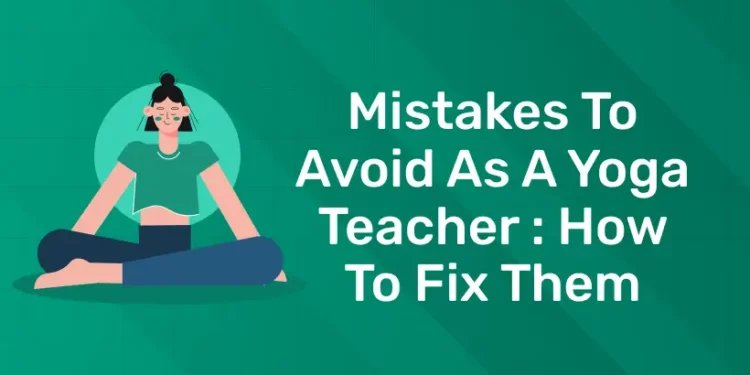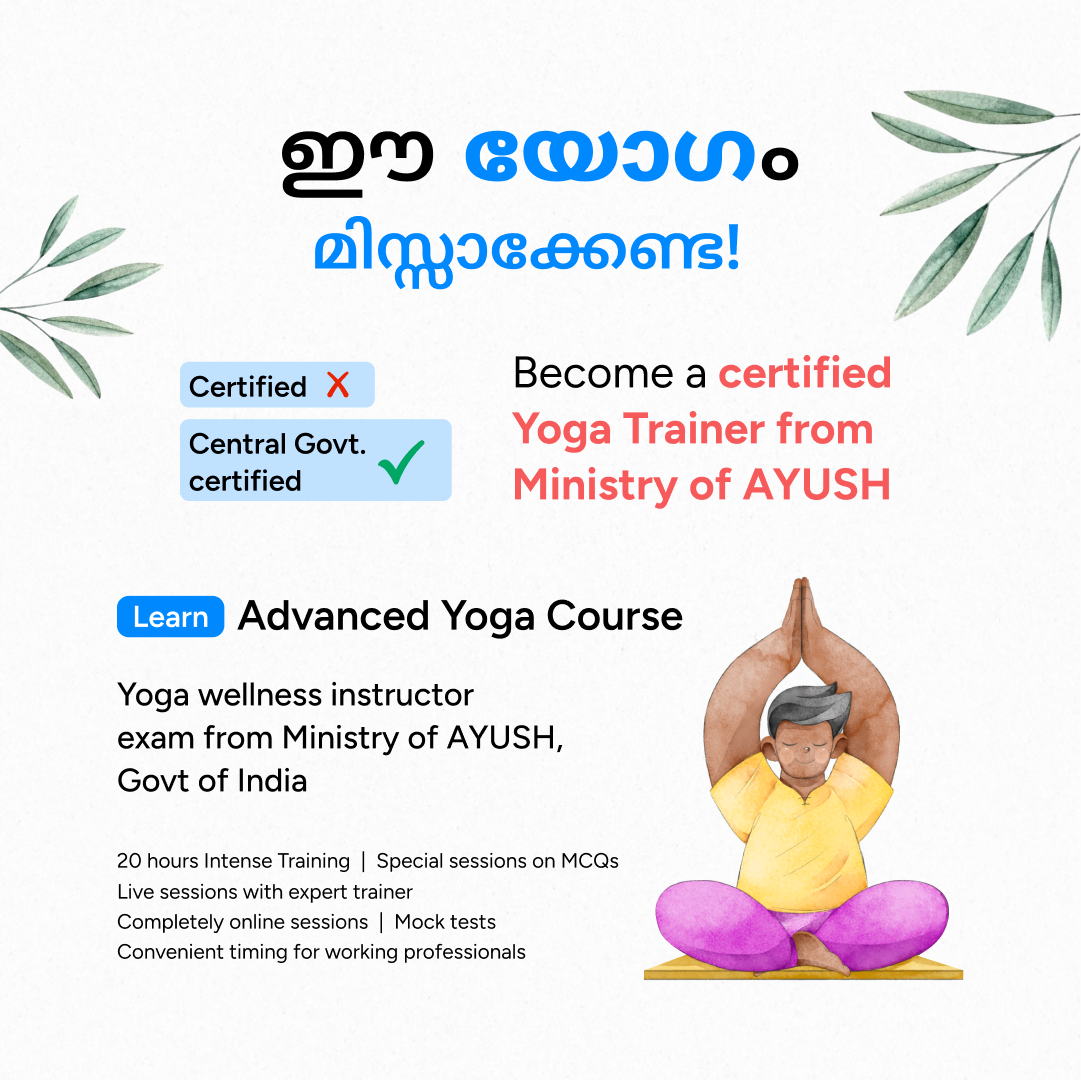Table of Contents
As a yoga teacher, guiding students through their practice is a rewarding and fulfilling responsibility. However, it’s essential to recognize that teaching yoga comes with its challenges, and even the most experienced instructors can make mistakes along the way. In this blog, we’ll explore some common mistakes to avoid as a Yoga teacher and may encounter and provide actionable solutions for fixing them.
Yoga instructors are lifelong learners who are always improving. By identifying and fixing frequent errors, they can improve their efficacy as teachers and give their pupils a more fulfilling and memorable learning experience. They may create a welcoming and inclusive yoga community that encourages development and transformation in everyone who participates by placing a high priority on planning, open communication, student safety, personal connection, and simplicity in their teaching style.
Get Certified! Join Our Yoga Teacher Training Course!
Mistakes to avoid as a Yoga Teacher
Frequently, though, you could not understand why your class is ineffective. These are the top mistakes to avoid as a Yoga teacher in a class, along with immediate fixes.
Lack of Preparation
Not getting enough ready for class is one of the most frequent errors made by yoga instructors. Students may face disorganised workflows, ambiguous instructions, and a dismal learning environment as a result of this.
- Arrange your lessons ahead of time, incorporating the theme, order of poses, and any necessary adjustments or props.
- Become familiar with the postures you will be teaching and think about how they work as a sequence.
- To guarantee seamless transitions between postures, practice cueing and timing.
- To set up your area and make your pupils feel at home, arrive early.
Ineffective Cueing
In order to lead students through their exercise in a safe and efficient manner, cueing must be done well. Confusion or misalignment may result, though, from teachers who find it difficult to give directions that are precise and unambiguous.
- Make sure your language is clear and easy for everyone to understand.
- To assist students in connecting with their bodies, pay attention to alignment cues and the breath.
- When necessary, provide visual illustrations of positions to help explain directions.
- To make sure students get the entire technique, use spoken instructions when changing into and out of positions.
Ignoring the Safety of Students
As a yoga instructor, you should always have your students’ safety as your primary concern. Ignoring alignment correctly, pushing students over their comfort zones, or not providing accommodations can cause injuries and erode students’ confidence in your ability to instruct.
- For each position, emphasise good alignment and posture to lower your chance of injury.
- Remind kids that it’s acceptable to adjust or rest as required, and encourage them to respect their bodies and their boundaries.
- Make adjustments and changes to accommodate varying skill levels and levels of flexibility so that every student may engage in the activity in a safe manner.
- Recognise any prior ailments or injuries that your students may have, and offer suitable accommodations or substitutes.
Absence of a Personal Bond
Developing a close relationship with your students is crucial to fostering a welcoming and encouraging yoga community. There may be a feeling of alienation or detachment from some teachers, though, if they are unable to establish a deeper connection with their students.
- Spend some time getting to know each of your pupils personally by inquiring about their aspirations, passions, and worries.
- In order to create a feeling of familiarity and connection, call pupils by name during class.
- Throughout the exercise, give kids words of support and encouragement while praising their efforts and advancement.
- Give students the chance to express their opinions and experiences by providing them with anonymous questionnaires or post-class discussions.
Get Certified! Join Our Yoga Teacher Training Course!
Excessive Difficulty in Instructions
Giving students too many clues might overload them and take away from their experience, even though it’s crucial to give them thorough directions for every position. Achieving the ideal mix between intricacy and clarity is crucial.
- Distil intricate postures into more manageable parts, paying attention to one detail at a time.
- Help pupils visualise the alignment and motion of each position by using analogies and pictures.
- If you are not conversant with Sanskrit terminology, do not use it or too technical language with your students.
- Instead of aiming for mastery or perfection, encourage students to approach their exercise with a joyful and inquiring mindset.
Be Concise
- It makes sense that as a new instructor, you would want to impart everything you have learned and be enthusiastic about it all.
- However, it can come across as wordy and overpowering if you try to cover everything you know in a 60-minute lecture.
- Simplify your teaching to a single theme or a few key principles rather than attempting to impart everything you know. There will be an additional class where you can share a different item.
Observe your speech tics
- Everybody has certain words that they utter often and without thinking. Someone contacted me and said he loved my classes but found the “goods” to be tiresome, which made me realise I use the word “good” too much in my lessons.
- The terms “good,” “beautiful,” and “nice,” as well as common fillers like “um,” “so,” and “like,” are common tics.
- Being conscious of your tics and hearing yourself say them in the moment, then choosing to say something else or not say anything at all, is the best approach to deal with them. Are you unsure of your tics? You can listen to the class you recorded on Zoom or with your phone later. They will be audible to you.























